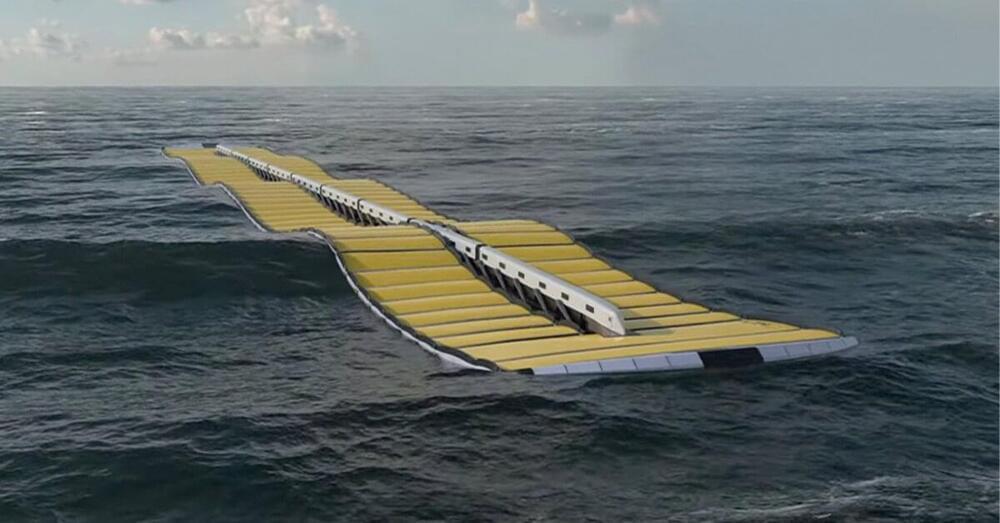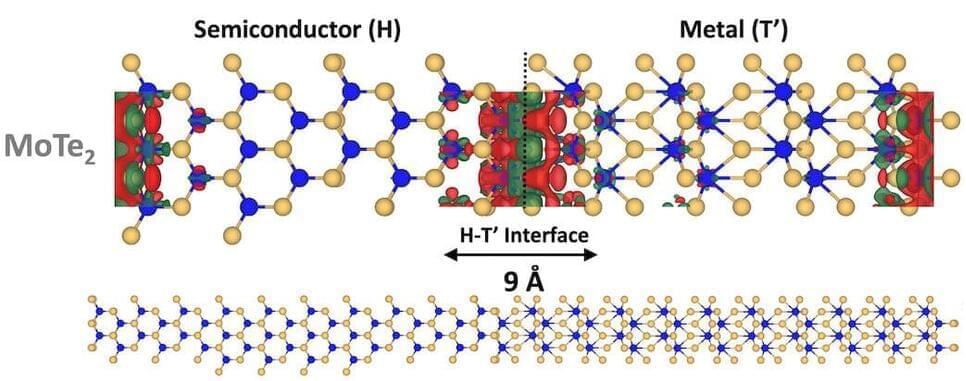Category: energy – Page 198

Faster fish tracking through the cloud
The fastest way to track a fish is to use the cloud, figuratively speaking. A new acoustic receiver, developed by researchers at Pacific Northwest National Laboratory (PNNL) and published in the IEEE Internet of Things Journal, sends near-real-time fish tracking data to the digital cloud, providing timely information to dam operators and decision-makers about when, where, and how many fish are expected to pass through dams. Instead of relying on seasonal estimates of fish migration from previous years, these data from tagged fish support more informed decisions about dam operations that affect fish passage.
“This receiver provides up-to-the-hour data to dam operators to assist in making informed day-to-day decisions in support of fish passage, like adjusting water flow when it’s clear that a large group of juvenile fish are approaching the dam,” said Jayson Martinez, a PNNL mechanical engineer who co-developed the receiver.
Hydropower dams are an important source of dependable renewable energy, generating about six percent of total electricity in the United States. Helping fish navigate them safely is a key part of reducing dams’ environmental impact. The new receiver is a critical piece of the puzzle in the ongoing endeavor to improve fish passage.

Scientists to take ‘CAT scan’ of B.C. volcano to locate best geothermal energy spotsRed Deer Advocate
Scientists are planning a “CAT scan” of a British Columbia volcano to help harness the underground heat that turns rock into magma for renewable energy.
“Canadians are often surprised to know there’s volcanoes in the country,” said Steve Grasby, a geologist with Natural Resources Canada. “But there are active volcanoes.”
Grasby and his colleagues are headed about 24 kilometres west of Whistler, B.C., to Mount Cayley, part of the same mountain chain as well-known volcanic peaks such Mount St. Helens in Washington State.



Wireless tech measures soil moisture at multiple depths in real time
Researchers from North Carolina State University have developed a wireless system that uses radio transmitters and receivers to estimate soil moisture in agricultural fields at multiple depths in real time, improving on existing technologies that can be used to inform irrigation practices that both improve crop yield and reduce water consumption.
“Estimating soil moisture is important because it can be used by growers to irrigate their fields more efficiently—only irrigating fields when and where the water is needed,” says Usman Mahmood Khan, first author of a paper on the work and a Ph.D. student at NC State. “This both conserves water resources and supports things like smart agriculture technologies, such as automated irrigation systems. What’s more, conserving water resources can also help reduce carbon emissions, because less energy is used to pump water through the irrigation system.”
The new technology, called Contactless Moisture Estimation (CoMEt), does not require any in-ground sensors. Instead, CoMEt assesses soil moisture using something called “phase,” which is a characteristic of radio waves that is affected by both the wavelength of the radio waves and the distance between the radio wave’s transmitter and the wave’s receiver.

2D boundaries could create electricity
There’s still plenty of room at the bottom to generate piezoelectricity. Engineers at Rice University and their colleagues are showing the way.
A new study describes the discovery of piezoelectricity—the phenomenon by which mechanical energy turns into electrical energy —across phase boundaries of two-dimensional materials.
The work led by Rice materials scientists Pulickel Ajayan and Hanyu Zhu and their colleagues at Rice’s George R. Brown School of Engineering, the University of Southern California, the University of Houston, Wright-Patterson Air Force Base Research Laboratory and Pennsylvania State University appears in Advanced Materials.


In a first, researchers produce oxygen from magnets for space exploration
The new method could be the key to getting oxygen to Mars and beyond.
The study was conducted in a special drop tower facility that simulates microgravity conditions. The research proved magnets were effective at producing oxygen. The new method removes gas bubbles from liquids. Producing enough oxygen for astronauts in space is a complicated affair that is only set to become more difficult as we travel to Mars and beyond.
Now, researchers have invented a new way to make oxygen for astronauts using magnets, according to a University of Warwick statement.
Getting oxygen in space using magnets On the International Space Station, oxygen is generated using an electrolytic cell that splits water into hydrogen and oxygen, but then you have to get those gasses out of the system.
A relatively recent analysis from a researcher at NASA Ames concluded that adapting the same architecture on a trip to Mars would have such significant mass and reliability penalties that it wouldn’t make any sense to use, said lead author Álvaro Romero-Calvo, a recent Ph.D. graduate from the University of Colorado Boulder.
NASA currently uses centrifuges to get oxygen in space but those machines are large and require significant mass, power, and maintenance. The new research has conducted practical experiments showcasing magnets could achieve the same results much more practically.
Full Story:
